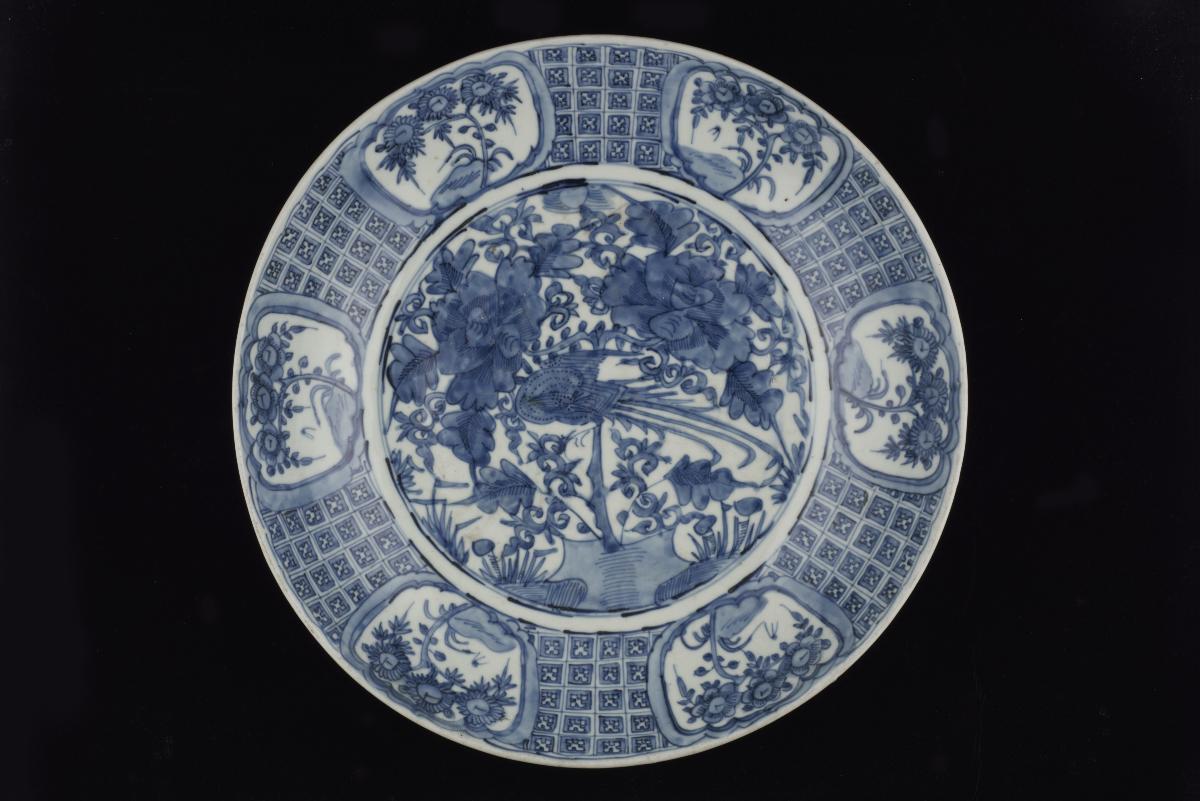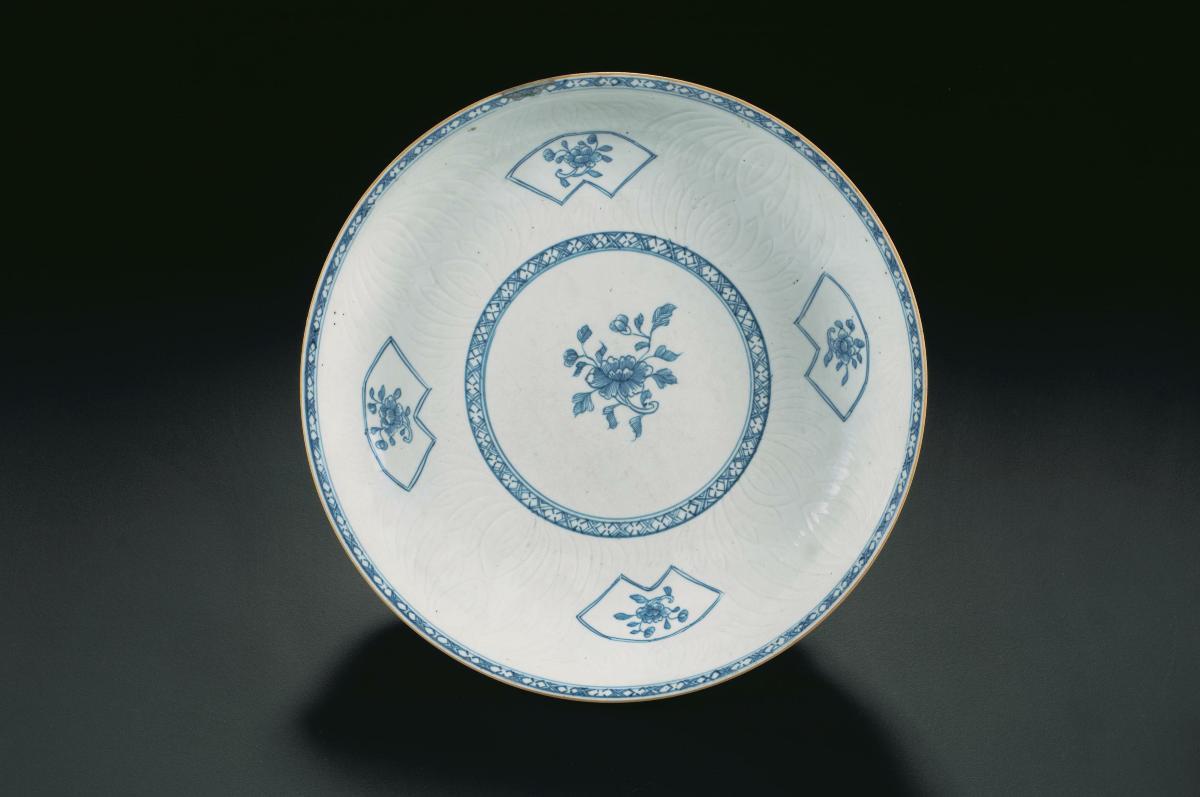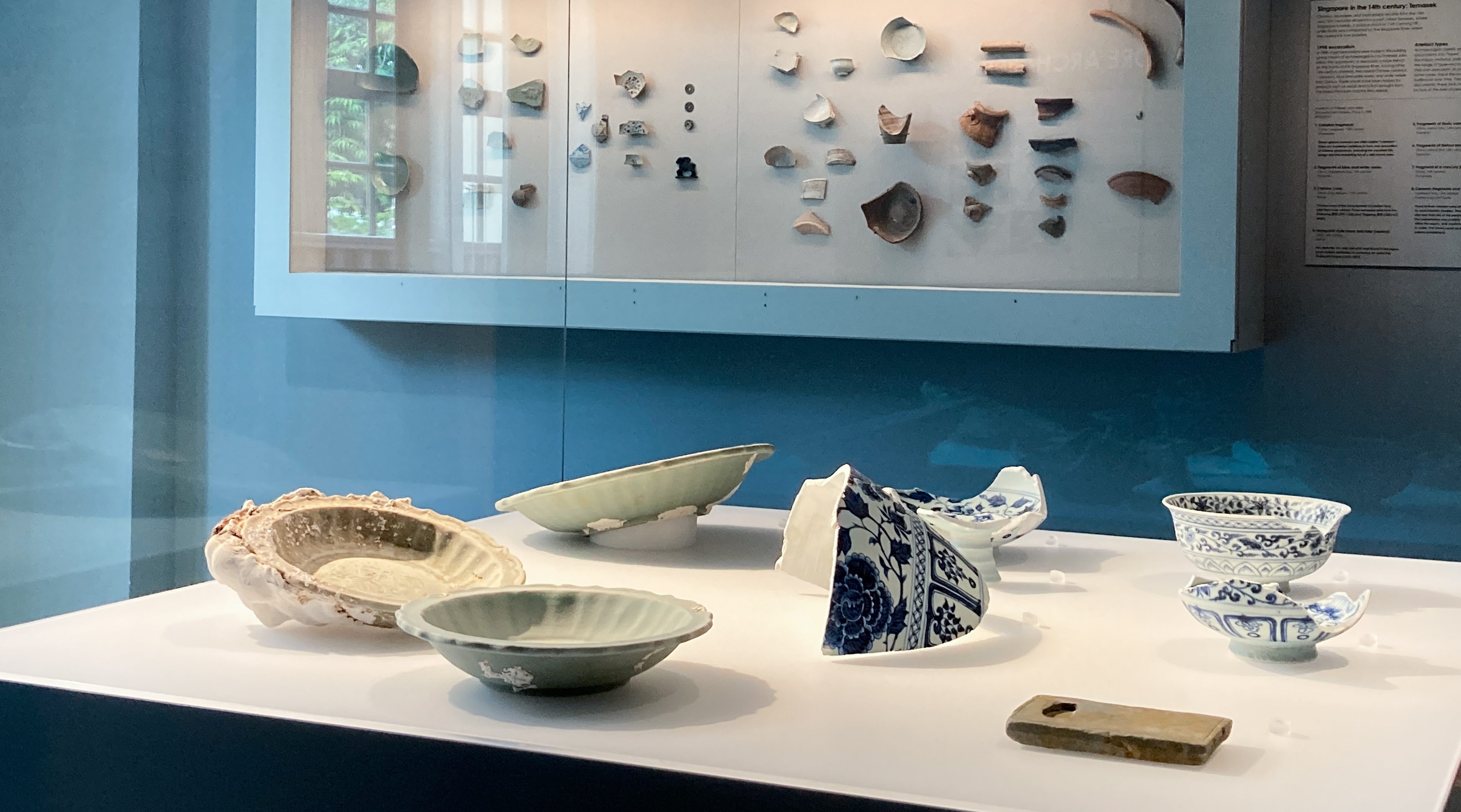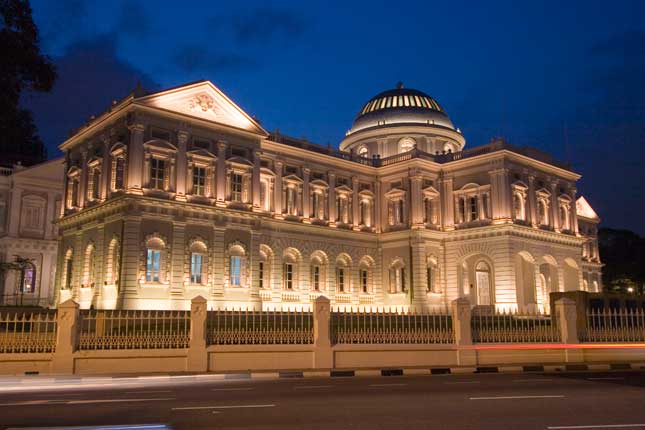This evenly but very heavily potted dish has a slightly faceted surface on the exterior, which indicates the dish was finished with a knife while on the potter’s wheel. A large motif of a peony spray is incised in the centre. The appeal of Dehua porcelain lies in the purity of the porcelain and simple forms such as this dish. This appeal has held since the mid-Ming dynasty when the refinement of the form and glaze led to the manufacture of lustrous white wares, later known in Europe as 'blanc de Chine' (white porcelain), and in China as pork-grease white (‘zhuyoubai’) or ivory white (‘xiangyabai’). In Europe, the distinctive qualities of blanc de Chine were appreciated as early as the 17th century when significant quantities were imported in the ships of the growing East India Company. Western aristocrats and European royalty like Augustus the Strong (1670-1733) alike treasured blanc de chine and were so fascinated by its beauty that they established a European porcelain industry to create similar wares. Copies from Meissen, St.Cloud, Chelsea and many other European factories are in turn in great demand today.


















